Making the Brightest Sunrise Alarm Clock
Some studies have found negative effects from waking up using a typical alarm clock and benefits from using simulated sunlight clocks. Unfortunately all of the sunrise clocks I've seen use tiny little bulbs, I've owned one and it didn't reliably wake me up, it then broke and wasn't maintainable so I had to go back to a noise based alarm clock. Every year or so I look for a solution to this and I never find anything suitable, so when I ended up with a spare 33.5k Lumen LED bulb I decided to make it a reality, behold:The white balance is changed halfway through the video, but the reverse dimming is done in the lampshade as these bulbs aren't dimmable.
The following is not advisable and I will not be held responsible for problems as a result of people copying this. Some things to be aware of: if you get the polarity wrong on the bulb you could break it, if you use a socket with a ballast you will break the bulb, if you try to rewire the plug whilst it's plugged in you will get electrocuted, and this tight fitting lampshade severely impacts the cooling of the bulb which will shorten its life.
Components
| Item | Cost | link |
|---|---|---|
| 20g thermochromic Pigment | 17 pounds | Ebay |
| 250ml Clear aclylic varnish | 21 pounds | Ebay |
| tripod | 38 pounds | Ebay |
| E40 socket | 14 pounds | Ebay |
| 33.5k Lumen LED bulb | 188 pounds | Ebay |
| extruded acrylic tube 140mm outer diameter/ 3mm wall / 134mm inner diameter, length 230mm | 42 pounds | wholesalepos.com |
| Digital timer | 14 pounds | Amazon |
| Total cost: | 334 pounds |
Process
First it needs a stand, I couldn't find any E40 stands so went with an E26 and managed to squeeze an E40 socket in its place: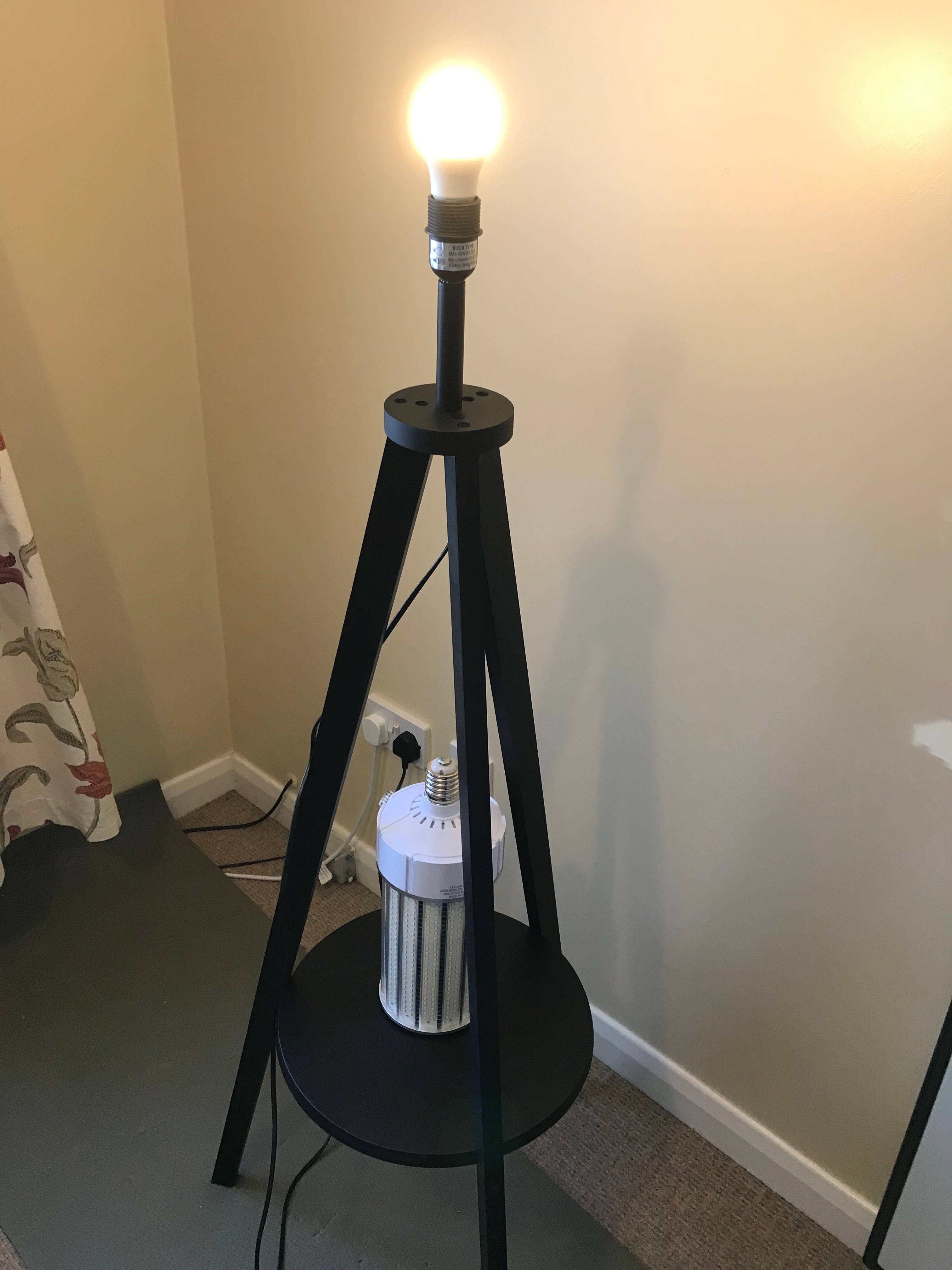
The original stand, setup as intended

The seperated parts that make up the socket and attach it to the stand
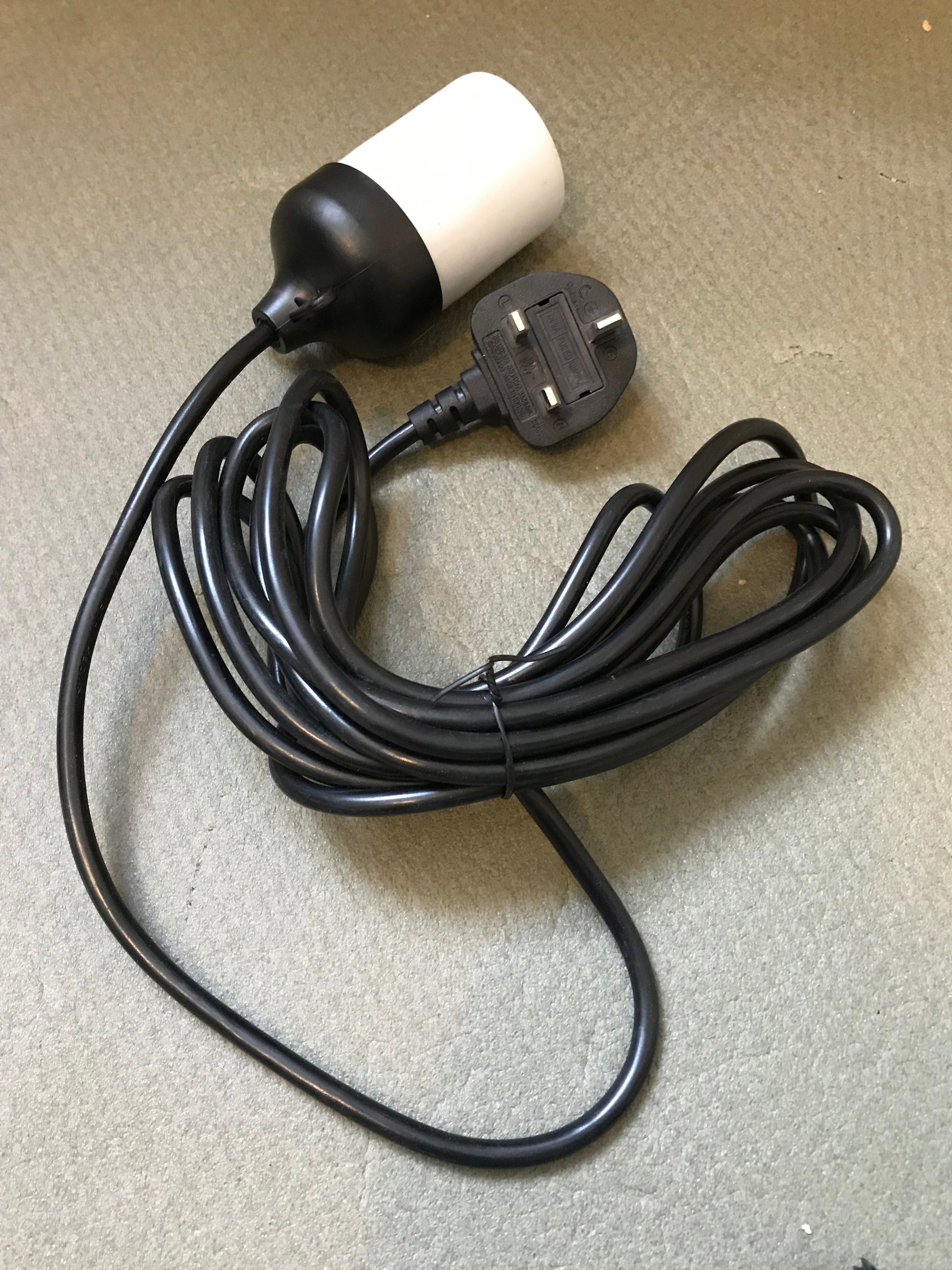
The E40 socket to be attached
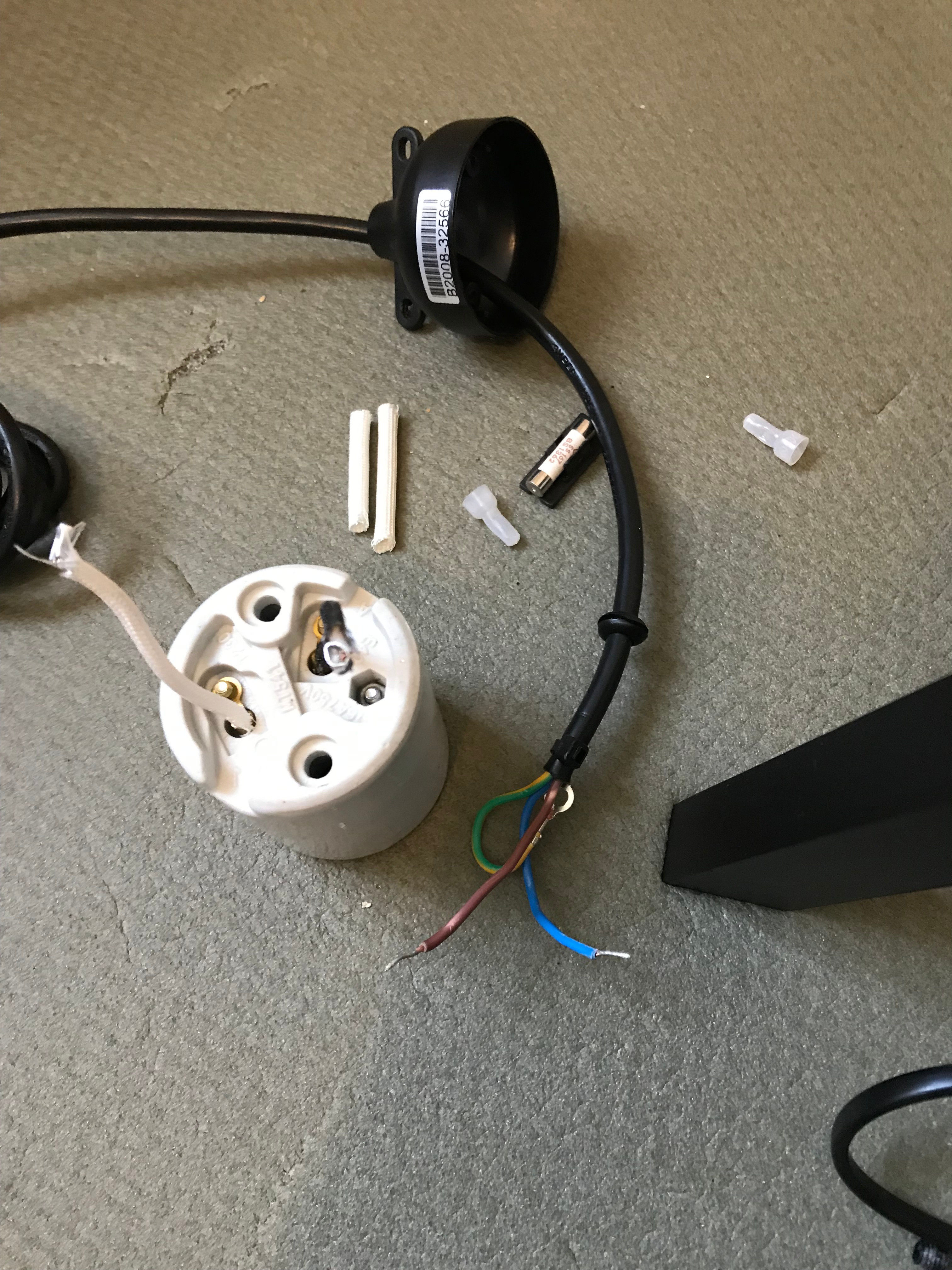
The E40 socket to be attached
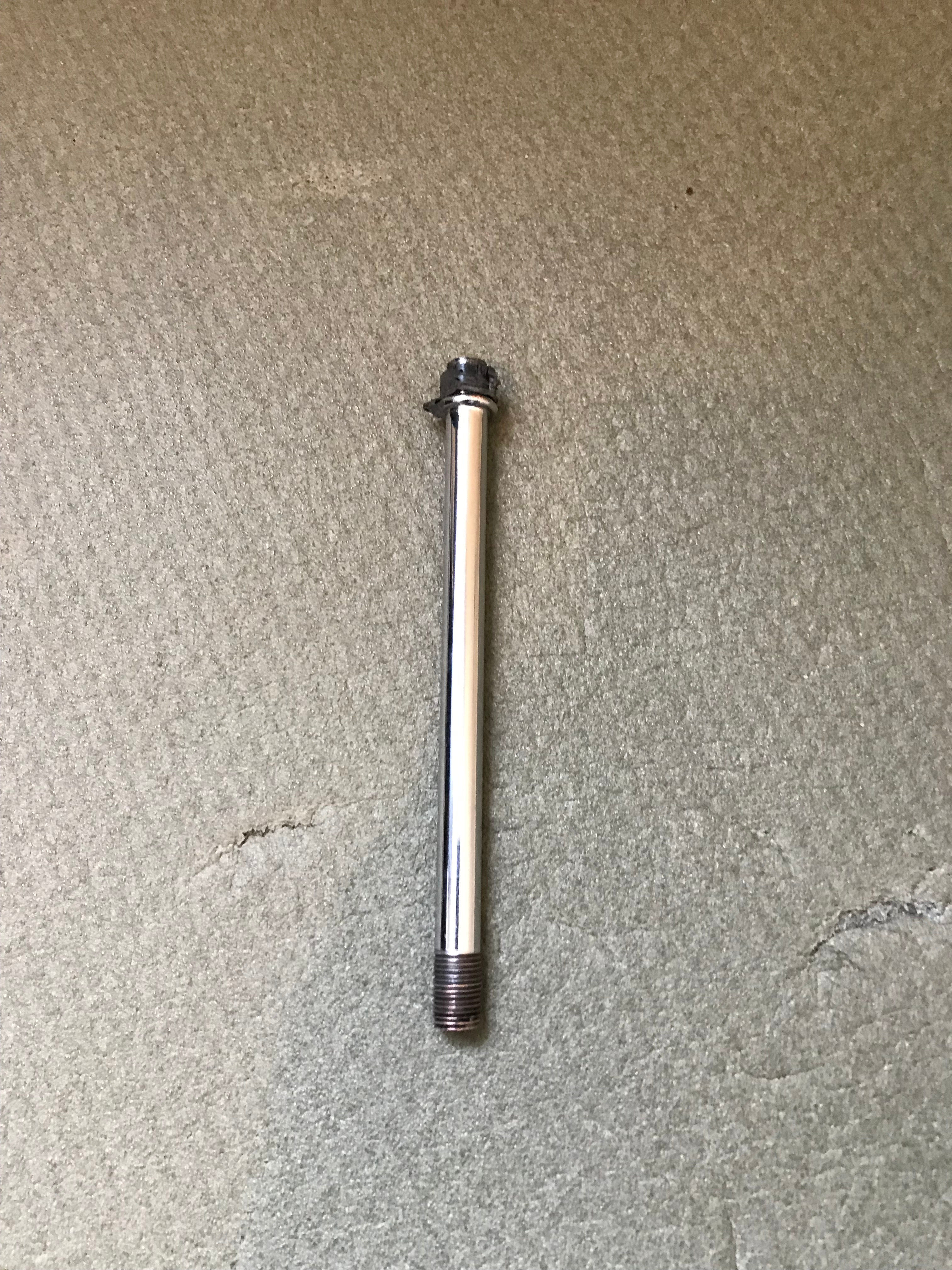
I had to cut off the plastic from metal rod to make it fit
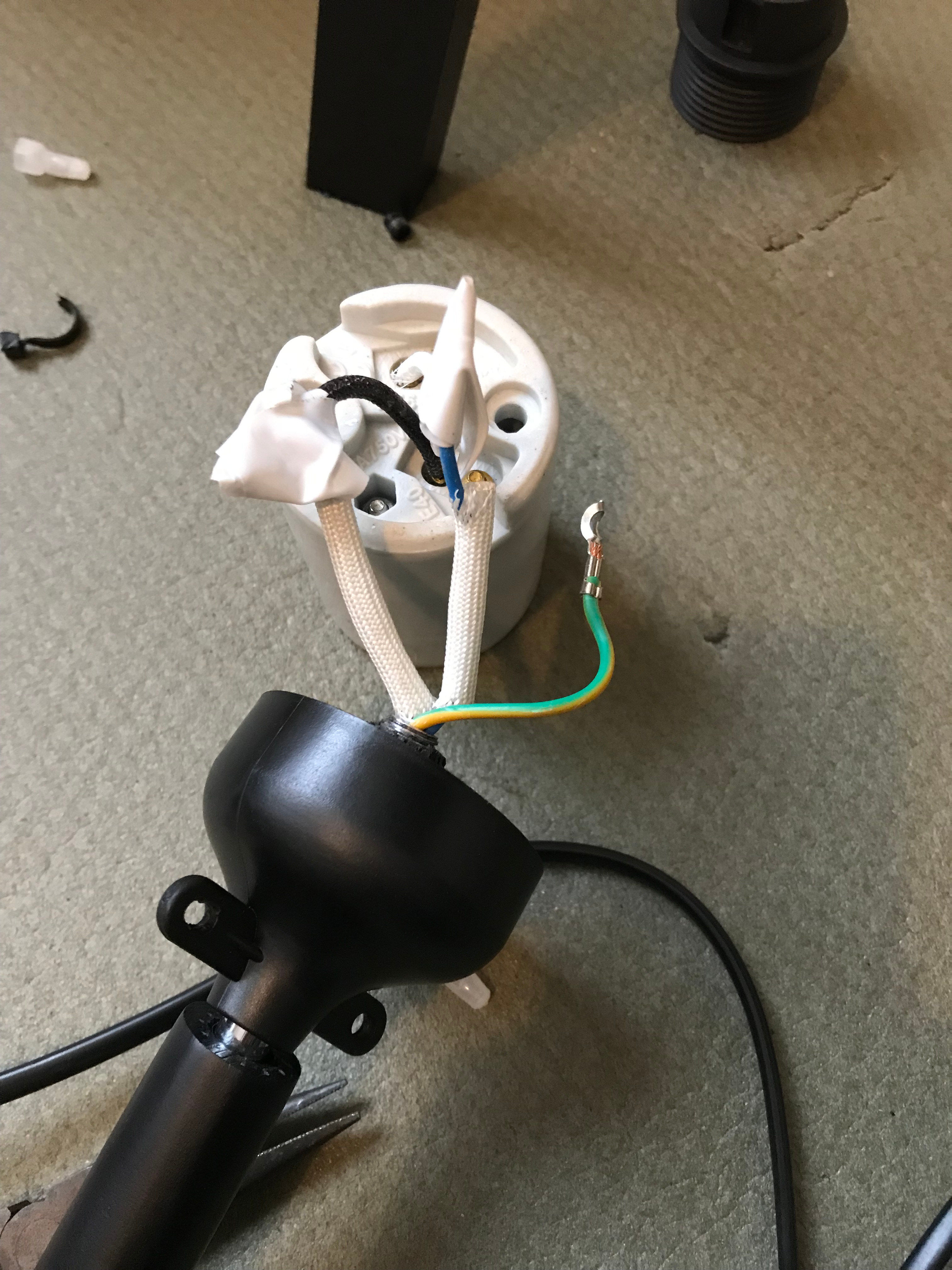
This is how it fit before I screwed it all together
 This isn't the strongest connection and it has a slight wobble when the bulb is installed, but I don't intend to move it around much so for my purpose it's not an issue. I ran it like this with a timer switch to trigger it for a few months but I found that going from darkness to full brightness first thing in the morning to be just as jarring as a regular alarm clock
This isn't the strongest connection and it has a slight wobble when the bulb is installed, but I don't intend to move it around much so for my purpose it's not an issue. I ran it like this with a timer switch to trigger it for a few months but I found that going from darkness to full brightness first thing in the morning to be just as jarring as a regular alarm clockSince the very bright LED bulbs don't support dimming, I had a few ideas for accomplishing it with mechanical means, such as a curtain which could raise, or two cylinders with slats which could slowly rotate, both would be difficult to implement on this stand. A lightweight solution came to me as I was drinking from one of those novelty mugs which is all black but reveals a message when it has a warm brew in it, the effect is accomplished with a thermochromic pigment which goes from black to clear at 31C (87.8F). So I ordered some pigment, some varnish and an extruded acrylic tube which fits close enough to the bulb that it rests on the base so I don't need to fabricate a more complicated lampshade, then using a paint roller I applied 250ml of acrylic varnish mixed with about 15g of pigment in 5 coats.
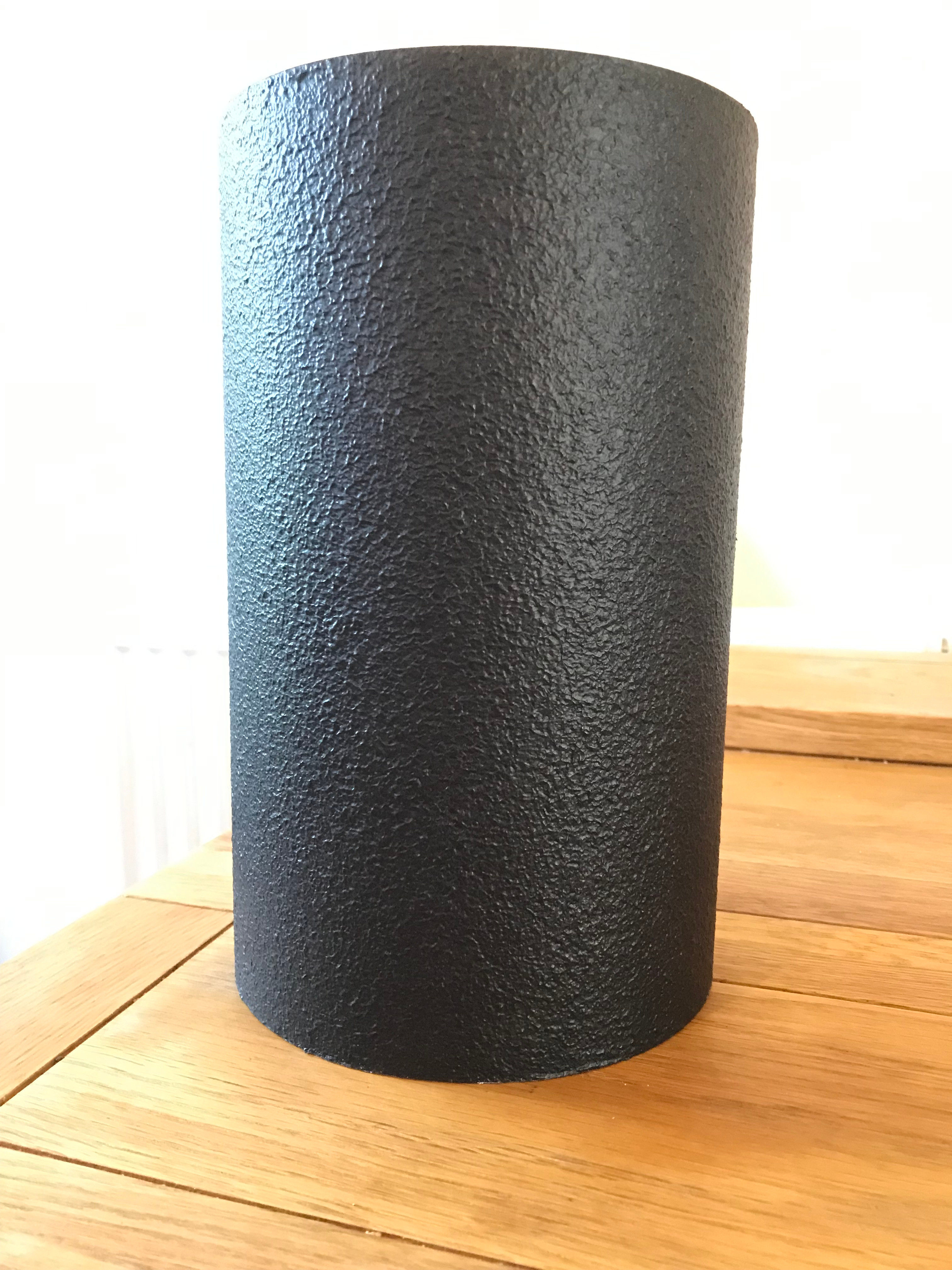
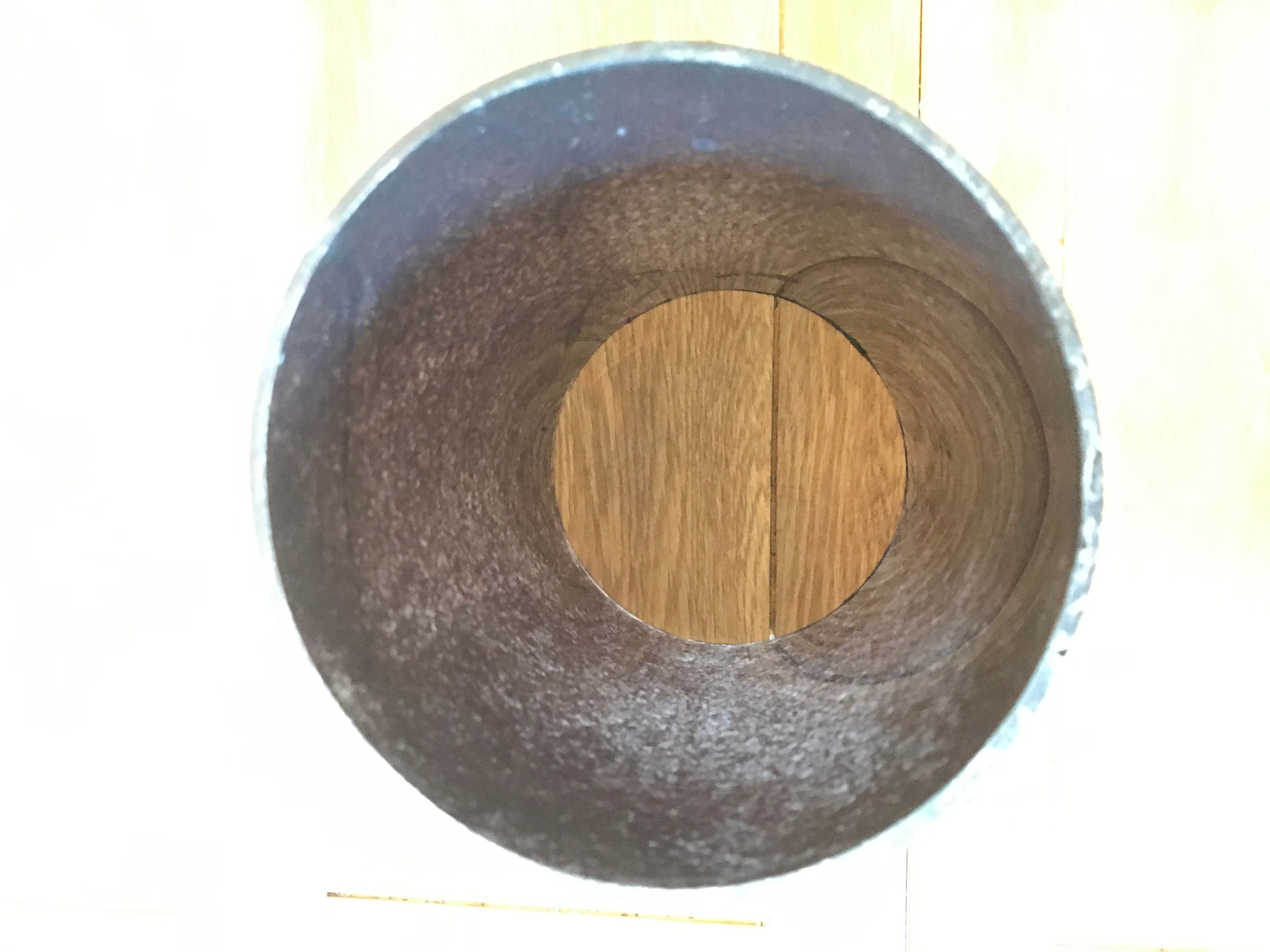
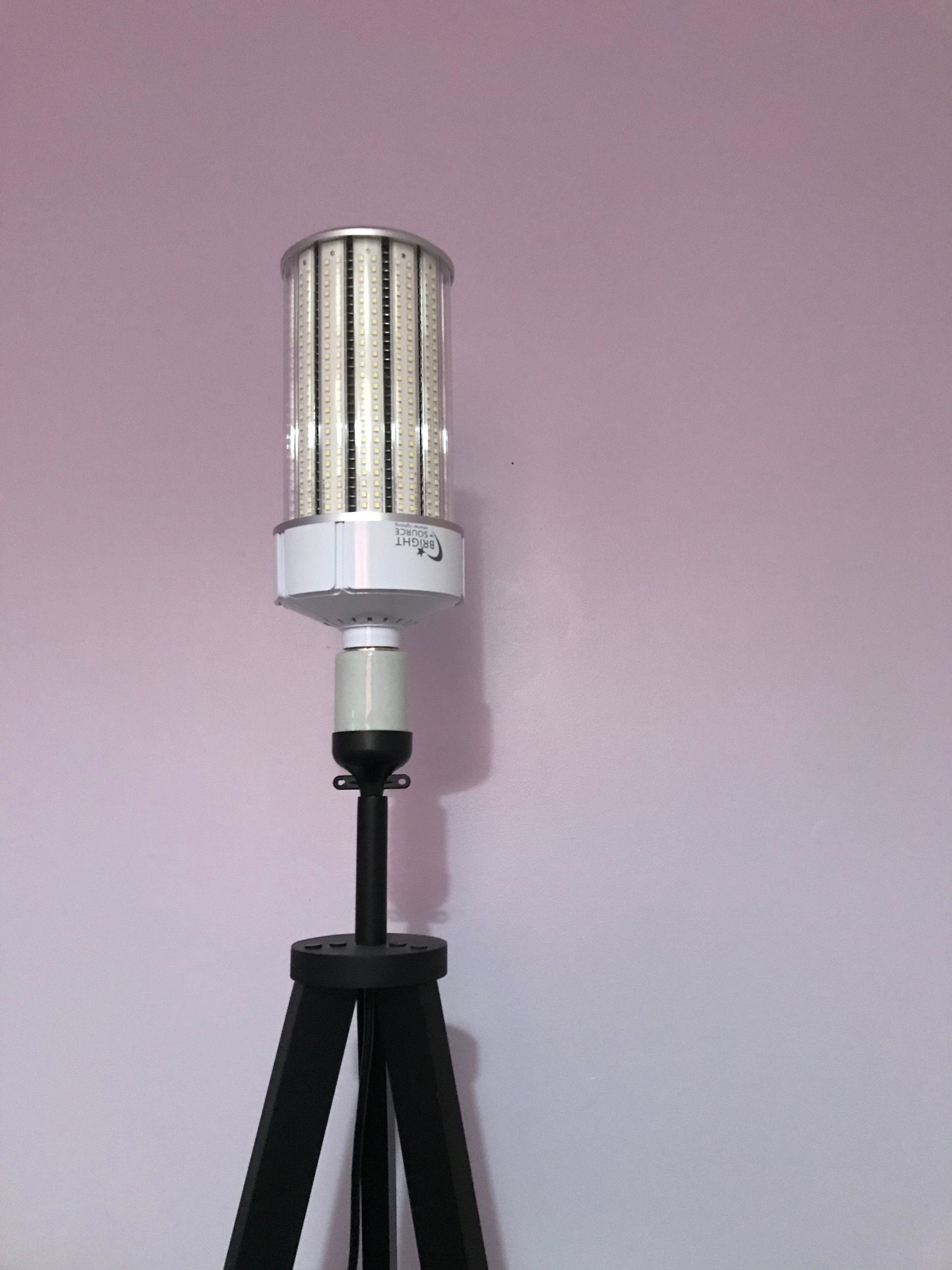

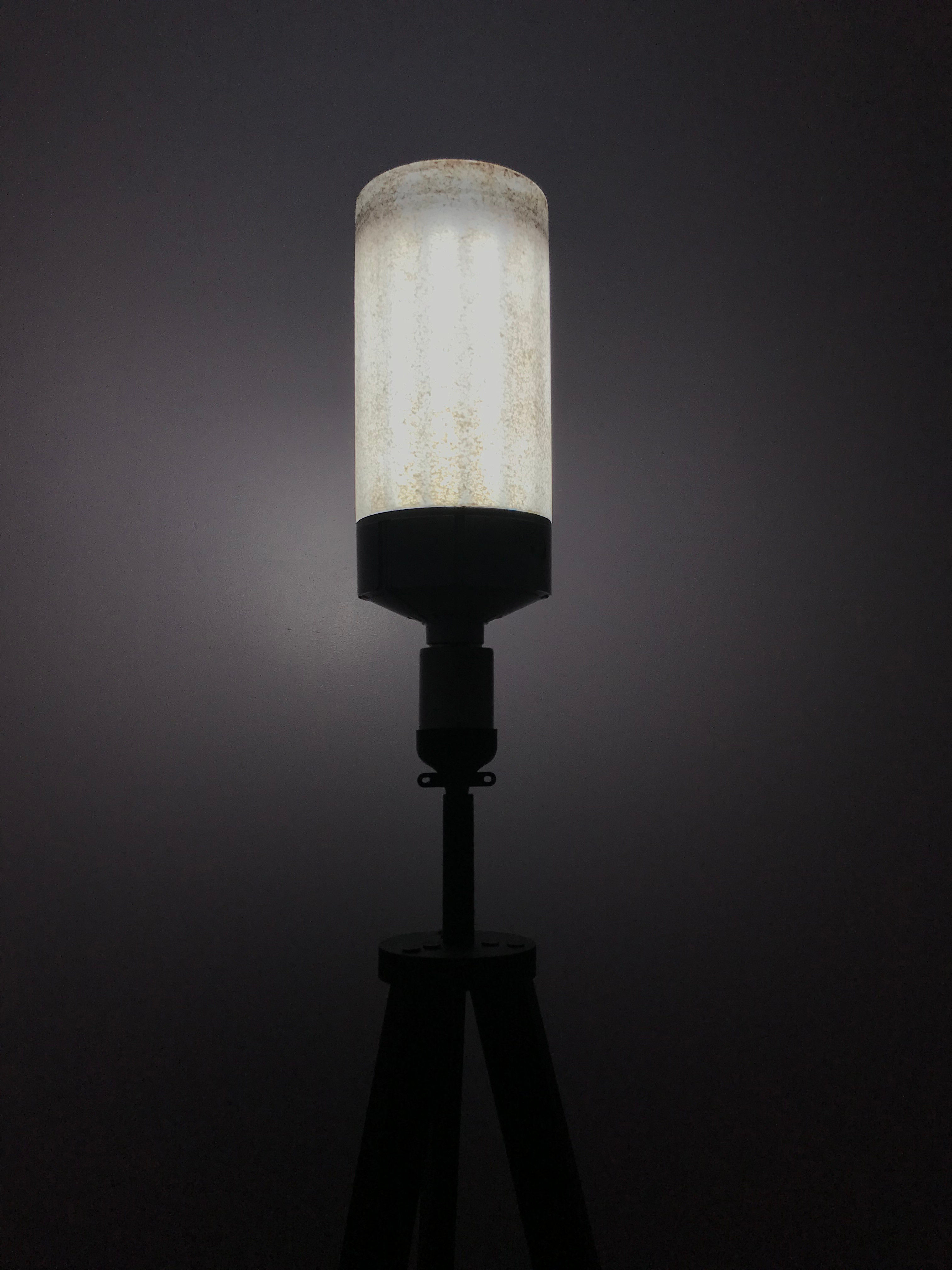
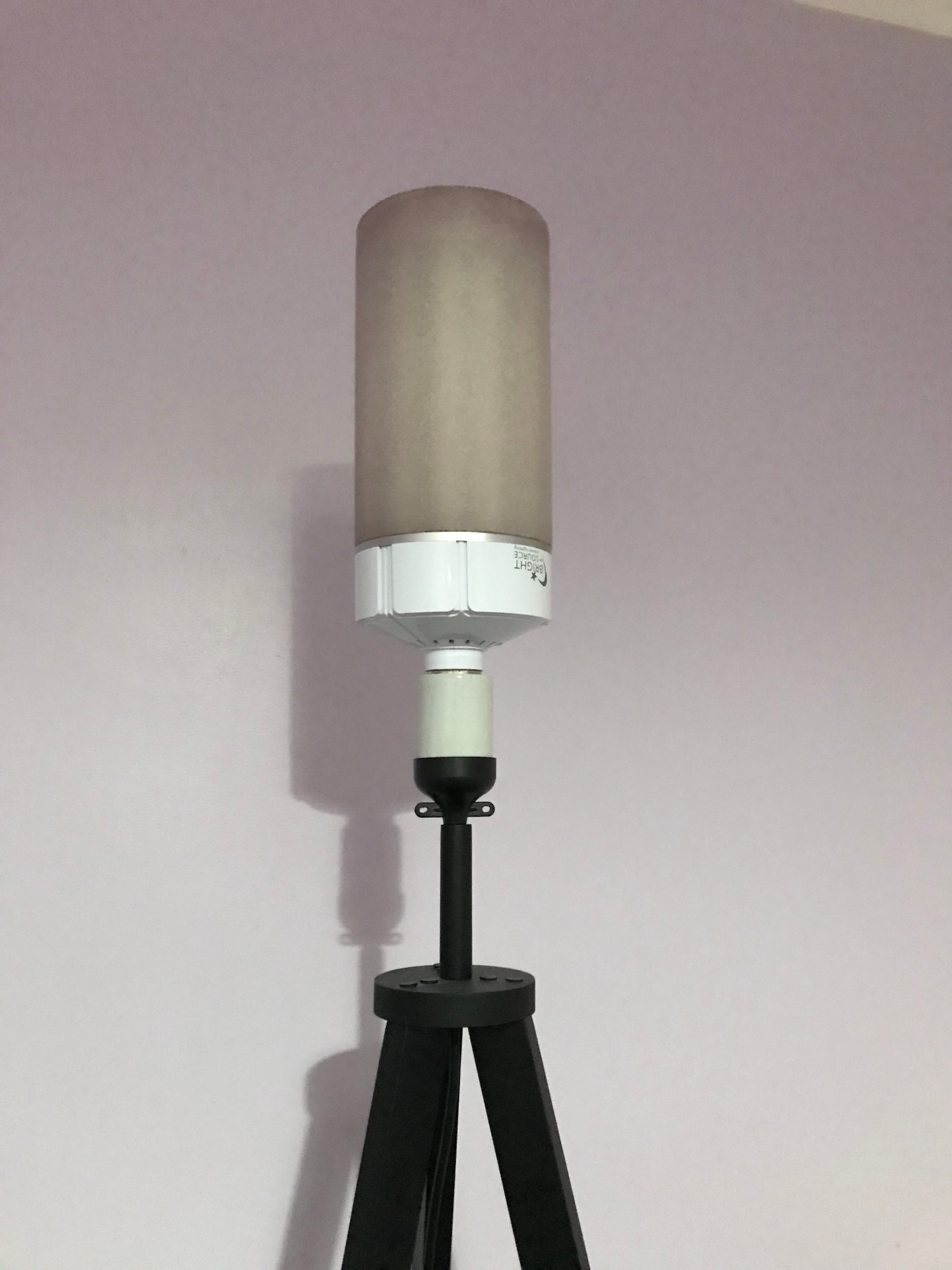
This is it turned off but warm, the bars on the lampshade are the LED strips visible through the mostly clear coating and are not just parts that got warmer
This solution is lightweight and functional, but it's terrible for the heat management of the bulb, I'm not concerned as it's only on for 20 minutes when I wake up and then the timer turns it off, I stress tested it for a few hours and it was getting so hot that it gave off a bad plastic smell, I wouldn't want to leave it on for longer than an hour.
This project was largly insipired by the book "Why we Sleep" by Matthew Walker, this 100000 lumen "nuclear explosion" chandalier by Michail, and "Your room can be as bright as the outdoors" by Ben Kuhn.